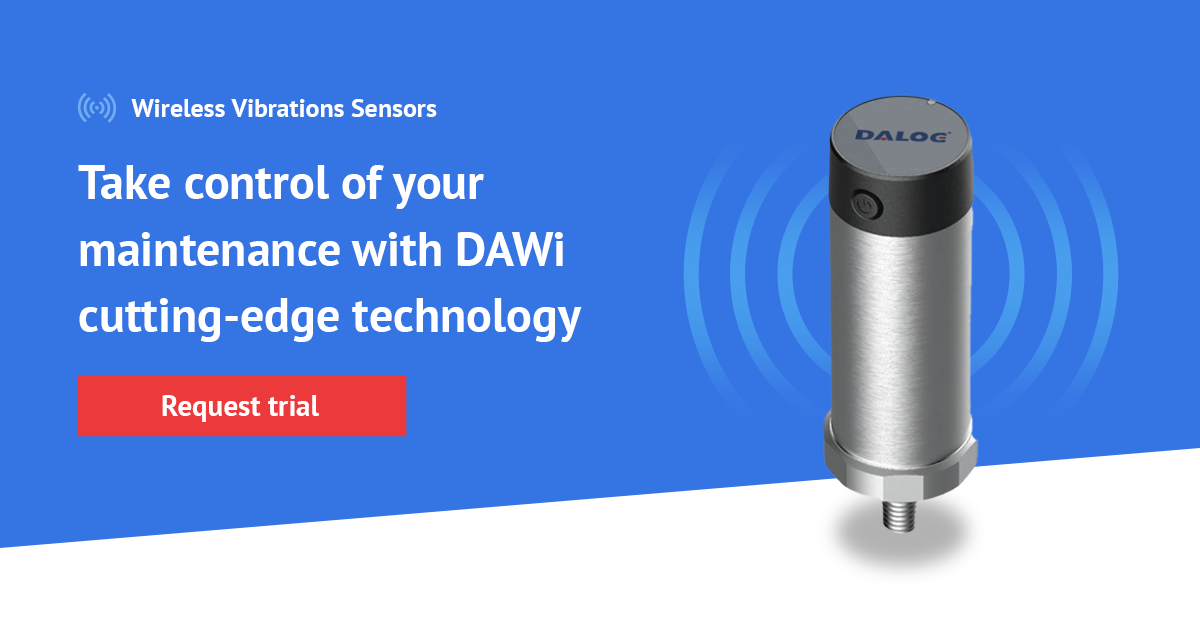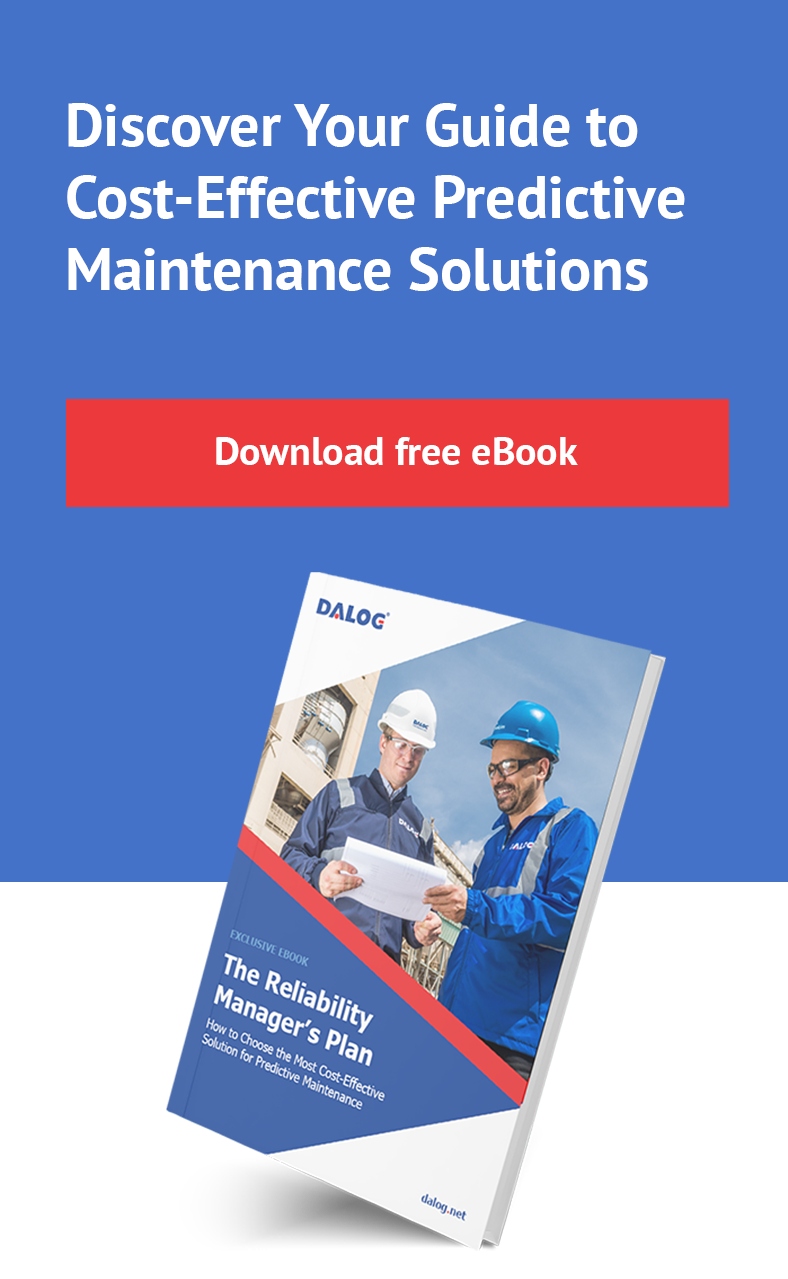Tactics for Optimizing Crusher and Mill Efficiency: A Guide for Plant Managers and Maintenance Teams
Did you know that 29% of plants spend 5 to 10% of their annual budget on maintenance, and 44% spend more than 40 hours a week performing maintenance? Considering this, crusher and mill efficiency must be one of the focal points of your business.
Crusher and mill efficiency measures the ability to crush, grind, and convert raw material into a finished product. The efficiency of these processes is critical to the success of your plant's operations, as it can impact its bottom line, product quality, and customer satisfaction.
But, through predictive maintenance, you can reduce downtime, increase throughput, improve product quality, help extend the equipment's life and reduce maintenance costs.
In this article, we will explore several tactics that you can use to optimize crusher and mill efficiency. Continue reading to learn more!
1. Tactics for Optimizing Crusher Efficiency
Crusher efficiency refers to the ability of a crusher to effectively reduce the size of raw material into smaller, more manageable pieces. Benefits include increased production capacity, reduced energy consumption, and improved product quality.Common problems, such as liner wear, overloading, and material hardness, can impact crusher efficiency. Over time, liners can wear down, reducing their effectiveness, increasing energy consumption, and decreasing production. Overloading the crusher can also reduce efficiency, as excess material can cause it to work harder and longer than necessary. Additionally, the hardness of the material being crushed can impact the efficiency of the process, as harder materials require more energy.
To optimize crusher efficiency, several tactics can be employed:
Choose the right crushing equipment for the application: Different crushers are designed for different types of material, and selecting the suitable crusher for the job can improve efficiency and reduce downtime. For example, the jaw & cone crushers grind materials by extrusion, the hammer & impact crushers use impact to smash material, with different parts (hammerhead vs. blow bar), and the roll crusher cuts and extrudes material for crushing.
Use the right type and size of crushing media: The type and size of crushing media (such as steel balls or rods) can significantly impact efficiency. Using adequate crushing media for the specific application can help optimize performance and improve efficiency by reducing wear and tear, as well as minimizing energy consumption.
Adjust the crusher's closed side setting (CSS): The CSS is the minimum distance between the mantle and concave at the bottom of the crusher. Adjusting the CSS can help control the product size and shape and reduce the material returned to the crusher for reprocessing, improving efficiency.
Select the right liner profile: The liner profile refers to the shape and design of the crushing surface on the mantle and concave. Choosing the right profile can help optimize efficiency by improving crushing action, reducing liner wear, and reducing the amount of fines produced.
Use the right type and size of the crushing chamber: The crushing chamber is the space where the material is crushed. Different types and sizes of crushing chambers can be used to optimize efficiency for specific applications. For example, a short head cone crusher with a tight, crushing chamber may be better suited for grinding fine materials. In contrast, a standard cone crusher with a larger crushing chamber may be better suited for grinding coarser materials.
Optimize the crusher's speed and stroke: The speed and stroke of the crusher refer to the frequency and amplitude of the crusher's movements. Adjusting the crusher's speed and stroke can optimize its performance for specific applications. For example, a higher speed and shorter stroke may be better suited for crushing hard, brittle materials. In comparison, a slower speed and longer stroke may be better suited for crushing softer materials.
Control the crusher's feed rate: Controlling it can help optimize its performance by preventing overloading and ensuring a consistent feed. You can do that by controlling the crusher's feed rate by adjusting the size and distribution of the feed material and by using feed control devices such as vibrating grizzly feeders or apron feeders.
Check and adjust equipment settings: Regularly checking and adjusting equipment settings, such as the crusher's speed and the amount of material being fed, can help optimize crusher performance and prevent overloading.
Monitor and optimize the crusher's wear parts: The wear parts of a crusher, such as its liners and blow bars, can significantly impact its efficiency. Your plant managers and maintenance teams can monitor the worn parts and optimize their replacement schedule to minimize downtime and ensure optimal crusher efficiency. Additionally, using wear-resistant materials for the crusher's worn parts can help extend their lifespan and improve crusher efficiency.
Implement a predictive maintenance strategy: By proactively monitoring and analyzing key equipment parameters, you can identify and address potential issues before they escalate into major problems. This approach enables timely maintenance interventions, reducing the risk of unexpected breakdowns and maximizing crusher uptime.
2. Tactics for Optimizing Mill Efficiency
Mill efficiency refers to the ability of a mill to grind raw material into smaller, more manageable particles. There are various advantages to optimizing mill efficiency, including increased production capacity, reduced energy consumption, and improved product quality.
Common problems, such as bearing and gear wear, moisture, and dust, can impact mill efficiency. Over time, bearings and gears can wear down, reducing their effectiveness, increasing energy consumption, and decreasing production. Moisture and dust can also impact mill efficiency, as they can cause clogging and reduce the effectiveness of the grinding process.
Optimizing mill efficiency can be challenging, as it requires a balance between grinding capacity and product quality. You must ensure the mill operates at peak performance without sacrificing product quality. Here are several tactics that you can use:
Choose the correct type of grinding media: Grinding media can significantly impact mill efficiency. Grinding media come in various shapes, sizes, and materials, each with advantages and disadvantages. For example, ceramic grinding media are wear-resistant. They can improve mill efficiency by reducing wear on the equipment, while steel grinding media are less expensive but may require more frequent replacement.
Optimize the mill speed: The speed at which the mill rotates can affect grinding efficiency. A low speed can result in poor grinding action, while too high a speed can cause excessive wear and reduce mill efficiency. Your teams can optimize its speed by adjusting the motor speed, gear ratios, or belt tension.
Monitor and control moisture levels: Elevated moisture levels in the feed material can diminish mill efficiency by decreasing grinding action and escalating the likelihood of equipment failure. You can monitor and control moisture levels by installing moisture sensors, adjusting feed rates, or drying the feed material before it enters the mill.
Minimize the recirculating load: The recirculating load refers to the material returned to the mill for further grinding. The excessive recirculating load can reduce grinding efficiency and increase energy consumption. You can optimize the mill's feed rate and control the size distribution of the feed material.
Use mill liners with a specialized design: Specialized mill liner designs can optimize grinding efficiency by improving wear resistance, reducing the risk of liner failure, and increasing throughput. Some examples of specialized mill liners include grate discharge liners, pulp lifters, and magnetic liners.
Monitor and control mill power draw: The mill's power draw measures its energy consumption and can be used to monitor and control mill efficiency. You can observe the mill power draw using load cells or power meters and adjust the mill's operation accordingly to optimize efficiency.
Install a classifier: You can install classifiers in the mill circuit to improve grinding efficiency by separating the ground material into different size fractions. This can help reduce the amount of oversized material in the mill and increase the amount of properly ground material. Classifiers can be static (fixed) or dynamic (rotating) and installed inside or outside the mill.
Implement advanced process control systems: Advanced process control systems can optimize mill efficiency by automatically adjusting the mill's operation based on real-time measurements of key process variables. These systems can help your plant managers and maintenance teams optimize the mill's operation by reducing energy consumption, improving product quality, and increasing throughput.
Maintain proper mill filling: The amount of material inside the mill (known as mill filling) can significantly impact mill efficiency. Proper mill filling can optimize mill performance by preventing overloading and ensuring a consistent grind.
Optimizing crusher and mill efficiency is crucial for achieving maximum production output and minimizing operational costs in mining and mineral processing plants. By implementing the tactics outlined in this guide, your plant managers and maintenance teams can significantly improve the performance of the machines.
These tactics increase efficiency and productivity and contribute to a safer and more sustainable operation. Therefore, it is vital to prioritize efficiency optimization to stay competitive and maximize profitability in the long run.
Download and learn more about predictive maintenance from The Reliability Manager's Plan: How to Choose the Most Cost-Effective Solution for Predictive Maintenance
We help hundreds of plants worldwide minimize downtime and optimize the life cycle of their machines by fusing state-of-the-art predictive maintenance technology with the engineering expertise of our analysts to deliver second-to-none condition-based online monitoring services.
Take a proactive approach to equipment maintenance. Request an online reliability assessment today!







